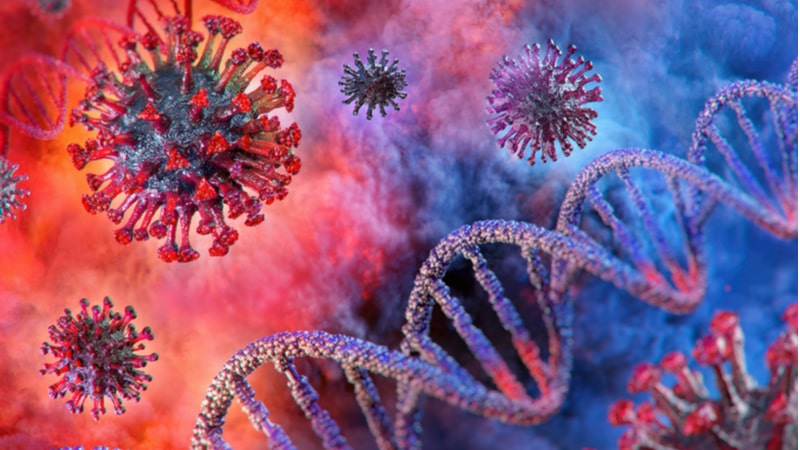
The Department of Homeland Security (DHS) Science and Technology (S&T) Directorate released a predictive modeling tool to estimate the natural decay of SARS-CoV-2 – which causes COVID-19 – under a range of temperatures and humidity levels.
“While researchers across the federal government and the medical community continue to study COVID-19, preventing the spread of the virus is a top priority,” DHS Senior Official Performing the Duties of the Under Secretary for S&T William Bryan said in a news release. “Transmission occurs primarily through respiratory droplets produced by talking, coughing, and sneezing. If these droplets settle on surfaces or objects, contact with those contaminated surfaces may also be a factor in spreading the virus.”
The tool will be used to assist response efforts and estimate environmental persistence of COVID-19 under certain temperature and humidity combinations using results from research being conducted at S&T’s National Biodefense Analysis and Countermeasures Center.
The COVID-19 virus can survive in droplets of saliva on surfaces for extended periods of time, S&T said, and using this predictive model will help gain a better understanding of the virus’ decay under conditions representative of indoor environments.
S&T did offer that the model doesn’t include the effects of conditions such as solar light exposure, but it was working to enhance the model to include different environments such as: droplets in the air vs. on a surface, expanded temperature and humidity ranges, and different surfaces.
